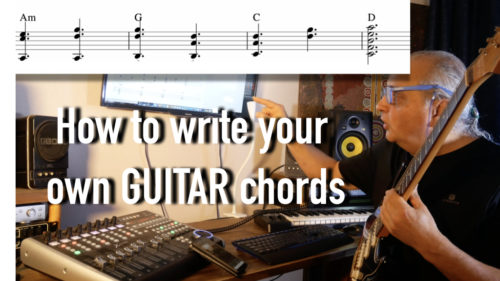Embark on a journey where chords and melody meet. Learn how chords enhance melodies with…
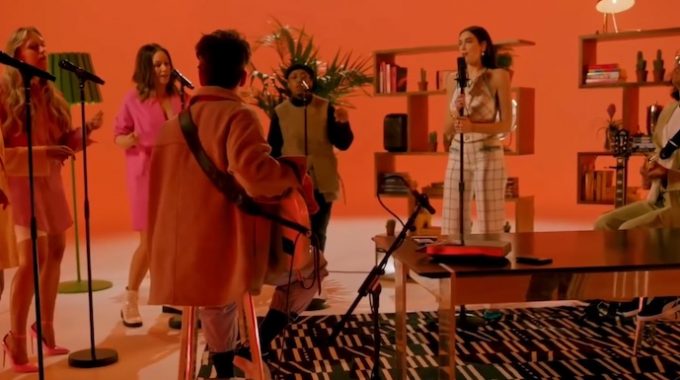
The Art of Guitar Accompaniment
Introduction
Explore guitar accompaniment insights from my 38-year journey as a composer and artist. Addressing frustration from limited potential in group performances, I discovered overlooked transformative power in guitar accompaniment. This post shares findings, guiding musicians to enhance clarity, groove, and distinction in their playing.
Tailored for aspiring and seasoned guitarists. Evolve accompaniment skills. Grasp harmonizing, grooving, and orchestrating principles. Benefit from fresh perspectives. Reshape guitar accompaniment approach. From beginners to experienced players, gain practical guidance.
Navigating Sound Balance in Group Performances
When I play the guitar in a band or group, I can hardly hear myself. Then I have to rely on stage monitors, which I find uncomfortable since they don’t provide the genuine guitar mix or song feel. I can’t fully interact with others to reach my musical potential.
During the early stages of my career as a freelancer in studio productions, I frequently received requests to play the guitar in a manner where it would fade into the mix.
One day, I questioned why large orchestras, even with many members, didn’t require monitors and yet heard themselves distinctly. Similarly, I wondered why I saw no monitors on stage during James Brown’s live performance, only side fields. Additionally, I pondered why I could hear myself so clearly when playing alongside skilled musicians.
I came to understand that it all hinged on how musicians interacted, be it through written or improvised means. Nevertheless, unraveling this puzzle remained a challenge.
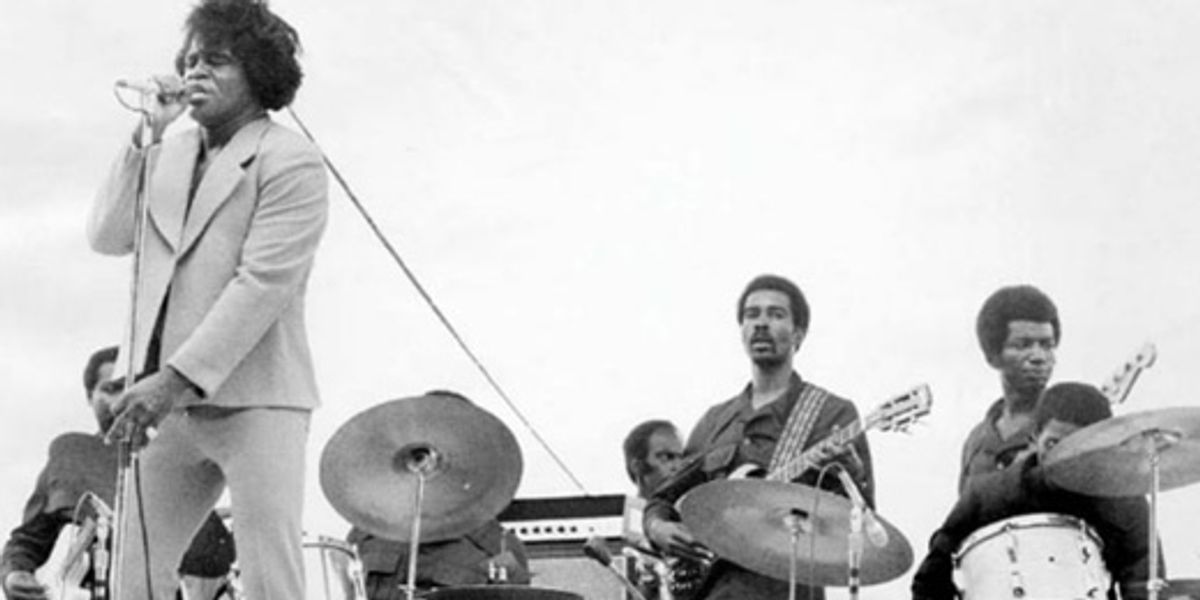
How to Solve the Puzzle
I embarked on research into arranging and orchestration. After dedicating seven years to this endeavor, I authored a textbook titled “El Arreglo Un Puzzle de Expresion Musical.”
From this exploration, I came to the realization that accompaniment had been largely overlooked and underdeveloped. This raises the question: why has this area received so little attention?
Crafting Distinct Guitar Accompaniments with the Groove
Groove is built upon layering highly independent horizontal rhythmic lines that sound good on their own and define both rhythm and harmony.
A bass player achieves this note by note, while drums craft rhythmic patterns with melodic touches.
African-influenced music boasts potent rhythms and transparent accompaniments. Listen to Prince, the Cuban cuatro, or Salif Keita, and you’ll catch guitars resonating clearly.
And in Pop? Tune into the Beatles and Police.
Upon analyzing guitar accompaniment, you’ll notice they’re not simply strumming but creating melodies with chords, like a pianist.
Guitarists can play in a similar manner but first wemust adopt a horizontal chordal approach, mastering active and passive voice leading. It’s about blending harmony and groove with single notes or more for impactful accompaniment.
By embracing this, you’ll craft a distinct guitar accompaniment that truly stands out within a band, offering clarity and uniqueness. Experience the difference as a songwriter, hearing yourself with newfound clarity.
Master the Art of Guitar Accompaniment
A Fresh Remix
I’ve recently produced a revamped version of the track “Don’t Start with Me,” featuring new vocals reminiscent of Dua Lipa’s style, along with an entirely new guitar accompaniment that spotlights this transformation.
Though I have a deep fondness for this song, upon listening, I discerned the need for an enhanced and more defined harmonic guitar accompaniment.
The vocals exude sweetness and groove, prompting the chords to envelop them, accentuating each of her notes with enhanced beauty.
Upon comparing with the original track, you’ll notice that the song’s cohesion centers around the drums. Extract the drums, and the vocals become solitary. Additionally, while the original guitar in the track is pleasant, it lacks the desired level of grooviness.
How do you create a groovy guitar with loud chords that wrap the vocals?
I present you with a solution founded on traditional orchestration but with a horizontal emphasis.
Think in terms of horizontality.
Contemporary music is rooted in groove.
Where does this groove derive from?
Could it have its origins in African music?
When you listen to Afro music, does it inspire movement?
Do you notice strumming?
So, how is the groove maintained with multiple individuals, generating an irresistible urge to dance?
Thus, why not apply their approach to the guitar while incorporating orchestral techniques to enhance clarity even further?
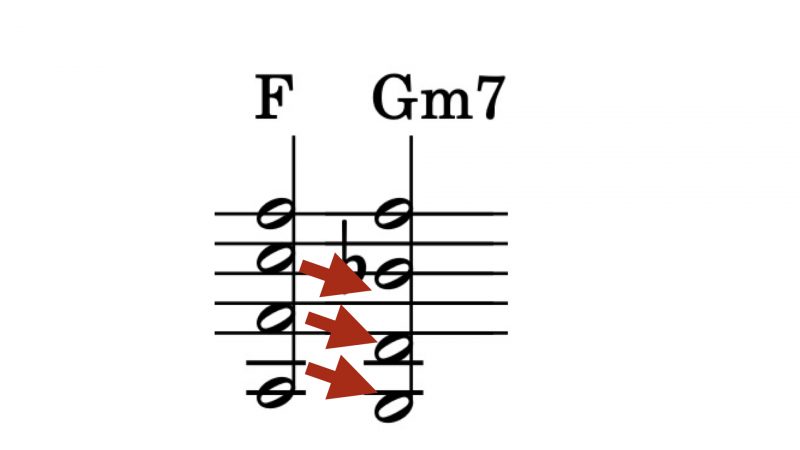
A New Way of Creating Rhythm
Certainly, I’ve devised a fresh approach to crafting rhythm on the guitar, elevating its sound.
Vocals, now in clarity
The vocals will achieve clarity and groove when the guitar accompaniment establishes its independence.
Have you encountered Broadway performances where the orchestra mainly mirrors the vocals?
Does it exude the same grooviness as funk or Afro music?
I hope your answer is negative.
Listen to James Brown, Michael Jackson, and you’ll experience an autonomous rhythm section that’s truly remarkable. No duplication of the lead and minimal strumming in the guitar accompaniment.
How do you Create a Groove on the Guitar?
In my online guitar course, you’ll learn to master the 6-step technique I apply to orchestration methods.
The knowledge of voice leading, ostinato pedals, etc., is available to anyone. However, knowing how to use them to create rhythm and ensure clean vocals is not.
My online “Master the Art of Guitar Accompaniment” courses assist you in developing skills through six steps.
If you can follow these six steps and are satisfied with the final results, go ahead. Do not continue reading; let me know how this tip improved your playing.
But if you need guidance, a guitar teacher to help you learn, please take the opportunity and join my guitar courses.
The knowledge we’ll work with includes open and closed triads, ostinatos, pedals, ascending melodic lines – arranging and orchestration techniques focused on using knowledge to create groove.
Want to know if you’re ready for this course?
Send me an email and book your free assessment.
The Six Steps
These are the six steps you will learn in my online guitar course. It takes about 8 weeks of studying to get to this point.
Step One:
Sing the song’s melody and groove using your hands or muted strings.
For this step, you’ll need to have already developed independent left and right brain aural coordination. If you can’t do this, don’t worry – my online guitar courses will help you master this skill easily. It’s enjoyable.
Step Two:
Sing the melody, feel the groove, and select your guitar shapes.
To accomplish this, you’ll need to master approximately 47 guitar chord shapes. Believe me, it’s not that challenging; it takes just a few weeks, especially if you find joy in the learning process.
Step Three:
This step is more demanding, yet if you flow with the groove, it’s highly rewarding. You’ll be pleasantly surprised by the guitar sounds that emerge from your mind – they were concealed, waiting for the right moment.
Repeat step two, but decide how to play the chords:
- With one note
- With two notes
- With three notes
- By adding long or short pivots
- And/or with ostinatos, pedals, stepped melodic lines.
Step Four:
Enhance your guitar’s melodic lines with pivots for added variety and groove. At this point in the course, you’ll have practiced creating compelling grooves with pivots on the top, middle, and inner notes of your chords. This step is genuinely enjoyable and incredibly musical.
Step Five:
Refine your lines and fill in where necessary with chordal notes that define harmony from a vertical perspective.
Step Six:
Play and savor the enjoyment.
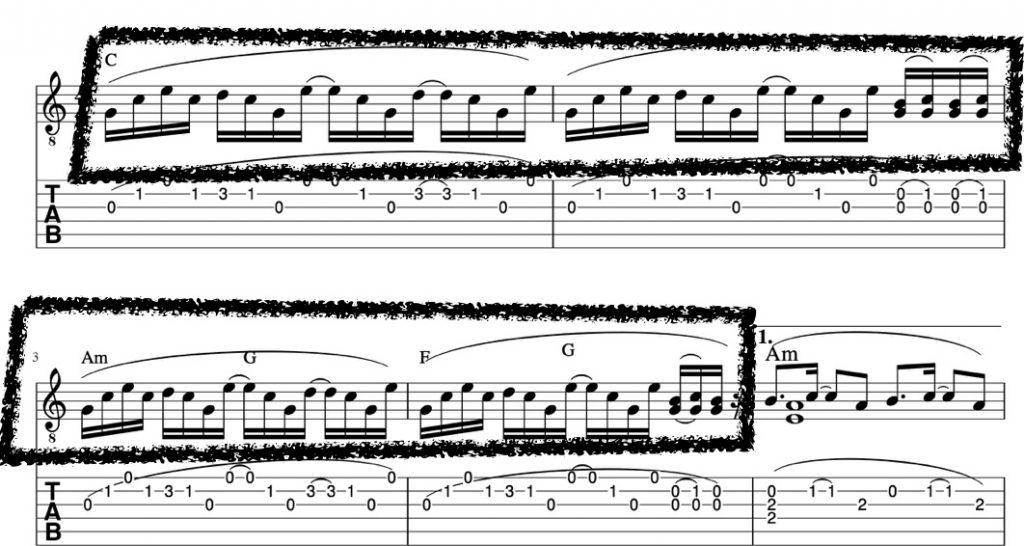
Navigating Guitar Mastery: Your Pathway to Progress and Fulfillment
If you can organize and structure your playing while adapting these steps, you’ll make significant progress.
But if you require guidance from a guitar teacher and a course to ensure effective learning and avoid the frustration of not reaching your goals, I’m here to assist you.
I feel concerned when my guitar students encounter frustration and stagnation, which is completely normal. I excel in discovering new pathways to help you achieve your objectives.
Feel free to give me a call, send a message, or share your musical ideas. Let me assess how I can enhance your music and guitar experience, making it more enjoyable and melodious.
